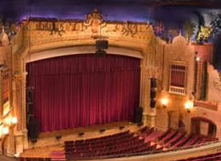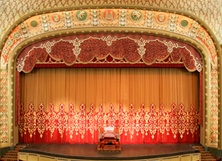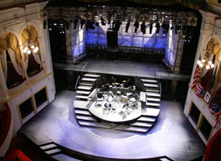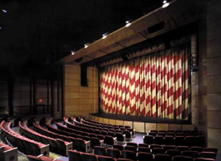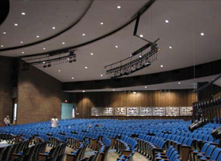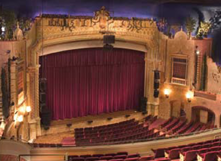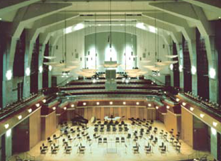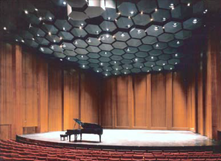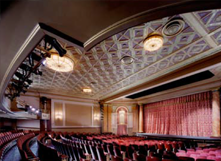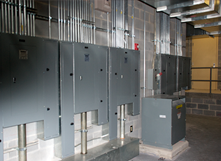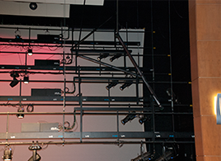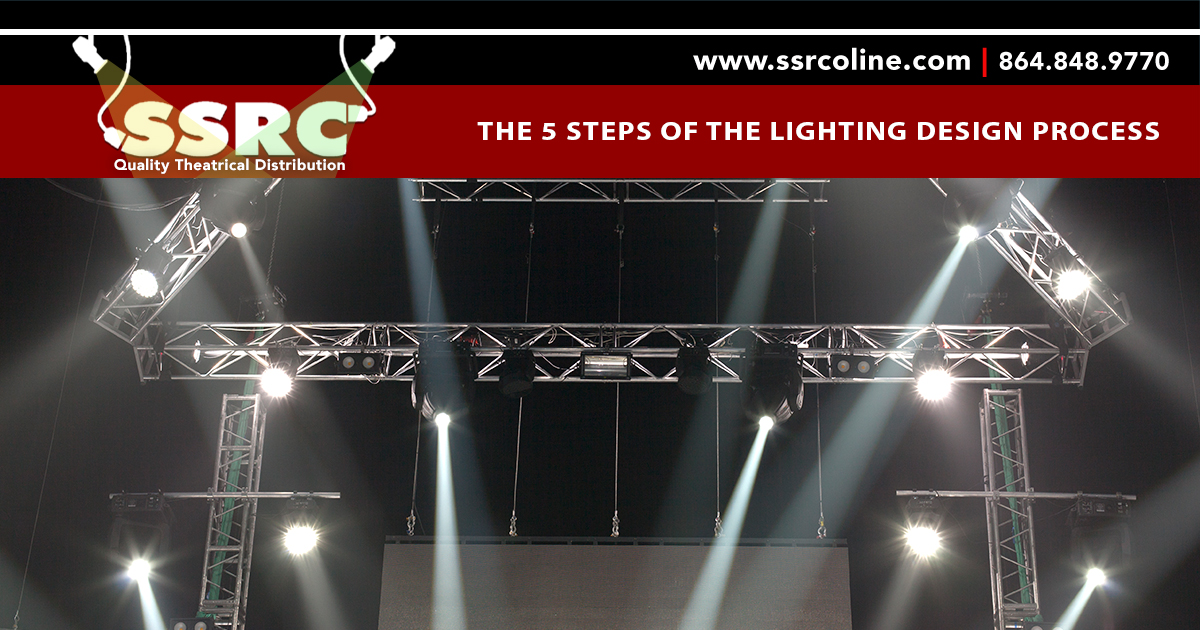
Theatrical Lighting Design Process
In many major stage productions, the crew behind the scenes features a lighting designer who is solely responsible for the design, installation, and cueing of the lights during the performance. In larger productions, there may be even multiple other people helping the lighting designer take care of these tasks. The key to great design for the stage is to plan ahead and collaborate with others working on the set.
The 5 Steps of the Lighting Design Process
Read and Analyze
Reading the script several times through helps you gain a deeper understanding of the show and where your job comes in to create a more engaging atmosphere. Time of day, season, focal speakers, symbolism, themes, and deeper messages are just some of the items lighting designers look for when analyzing scripts.
Research Aspects of the Play from a Variety of Angles
The context in which the play is situated makes a major difference in what should and should not be featured. If the performance takes place in a time before electricity, how do you make a stage appear lit with gas lighting, without actually using gas lighting? Lighting designers take advantage of a wide variety of resources including books, the internet, and videos. They watch other plays and concerts for inspiration, while also visiting museums to gain a deeper understanding of the play’s setting.
Collect Your Own Thoughts and Ideas
Lighting designers often engage in two contrasting forms of idea generation for their sets: free-flowing daydreaming and organized brainstorming. Daydreaming lets their minds wander as they’re going about their day-to-day life, while brainstorming lets them test ideas in a constructive setting with those they trust to bring forth other ideas.
Collaborate with Others
Collaboration is critical to a play’s success. It’s important that the vision of the play is shared among those leading it forward. A great lighting designer always checks in with the playwright and director to make sure he or she is on the same page to make sure what approaches should and shouldn’t be taken. Everyone might have different ideas, but it’s important that one cohesive narrative is conveyed in the end.
Construct the Lighting Plans
After formulating all your thoughts and engaging in dialogue with the playwright and director, the final step is to starting creating your plans for the lighting plot. This will be all-encompassing and take quite a while, as lighting designers make sure they are taking advantage of the different types of stage lighting equipment to tell a clear story and create an engaging atmosphere. Now is the time to use your imagination and not be afraid to think outside of the box.
For All the Theatrical Lighting Design Products You Need, Choose SSRC
For high-quality theatrical distribution products, SSRC has been a leader in the industry for over 30 years. With products and custom solutions tailored to your specific needs, SSRC has the tools you need to create an amazing atmosphere as a lighting designer. Capture your audience’s attention more deeply with SSRC’s production products.
Contact us today at 864-848-9770 to get started on the design of your next set.
Posted by admin
Recent Posts
Archives
- January 2022
- December 2021
- November 2021
- October 2021
- May 2021
- April 2021
- March 2021
- February 2021
- January 2021
- October 2020
- September 2020
- August 2020
- July 2020
- June 2020
- April 2020
- March 2020
- January 2020
- November 2019
- October 2019
- August 2019
- July 2019
- May 2019
- April 2019
- March 2019
- February 2019
- January 2019
- November 2018
- October 2018
- September 2018
- August 2018
- July 2018
- June 2018
- May 2018
- April 2018
- March 2018
- January 2018
- December 2017
- October 2017
- September 2017
- August 2017
- July 2017
- June 2017
- July 2016
- June 2016
- May 2016
- March 2016
